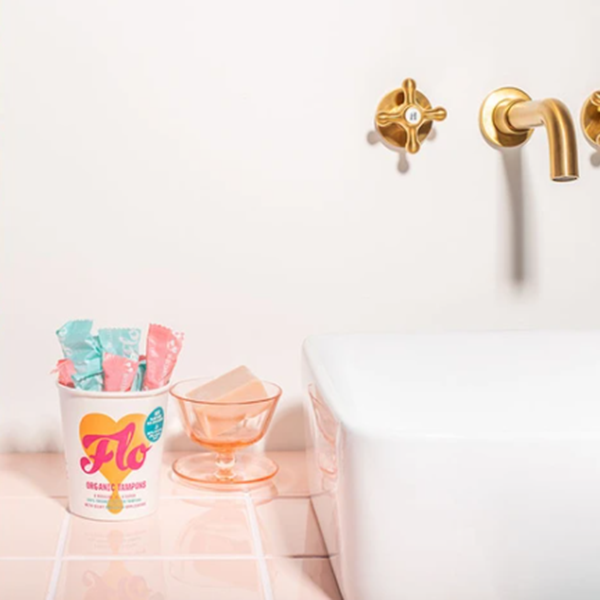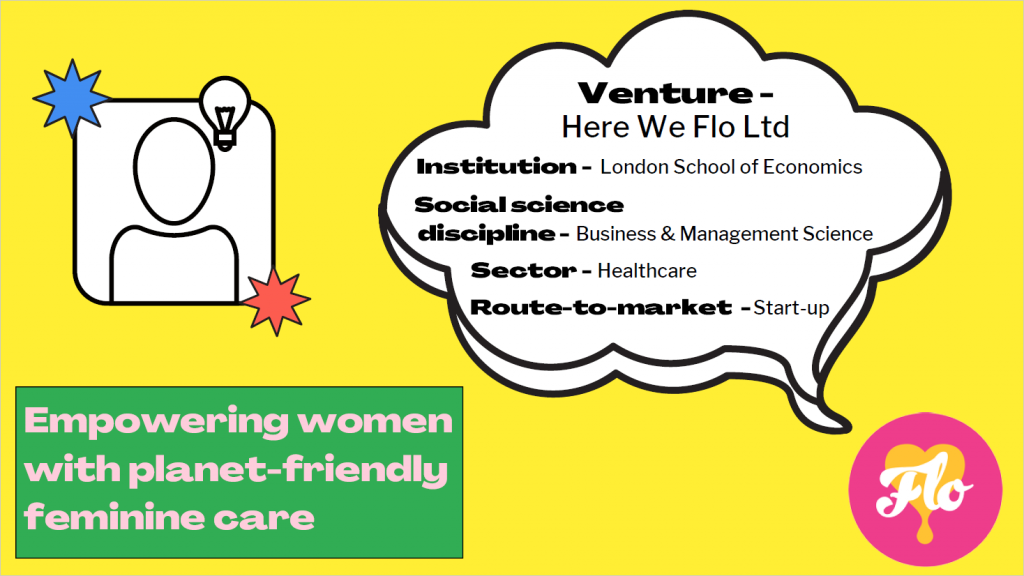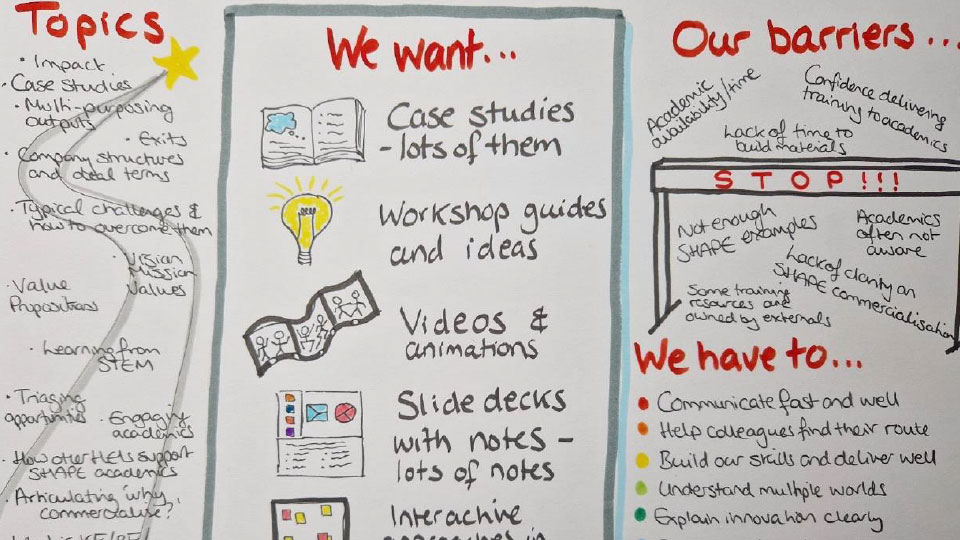A social start-up bringing organic feminine hygiene products to the mass market in the UK
In the UK women use an average of 11,000 disposable menstrual products during their reproductive lifetime, resulting in more than 200,000 tonnes of waste per year (The Evening Standard, 2019). Mainstream feminine hygiene products are made of synthetic fibres that can shed and be left internally, causing irritation and healthcare issues.
Here we Flo provides a new generation of feminine hygiene products, made from natural plant-based materials. Founders, Tara Chandra and Susan C. Allen Augustin met on the LSE Executive Global Masters in Management (EGMiM) programme and together developed the idea for the venture during a conversation about the lack of accessible, attractive, organic period products on the market. The social entrepreneurs decided it was time for organic cotton feminine hygiene products to be sold in major retailer stores.
Photo credit: https://www.hereweflo.co/pages/about






